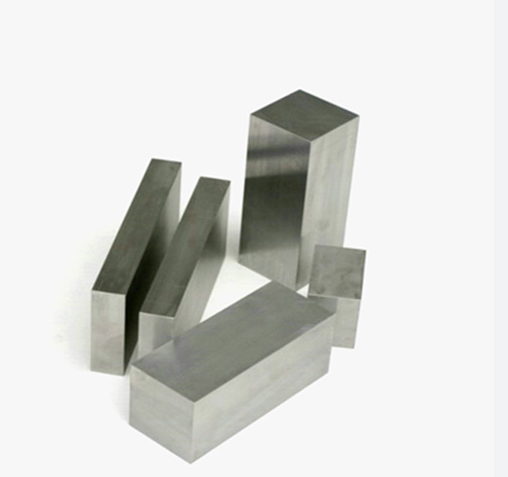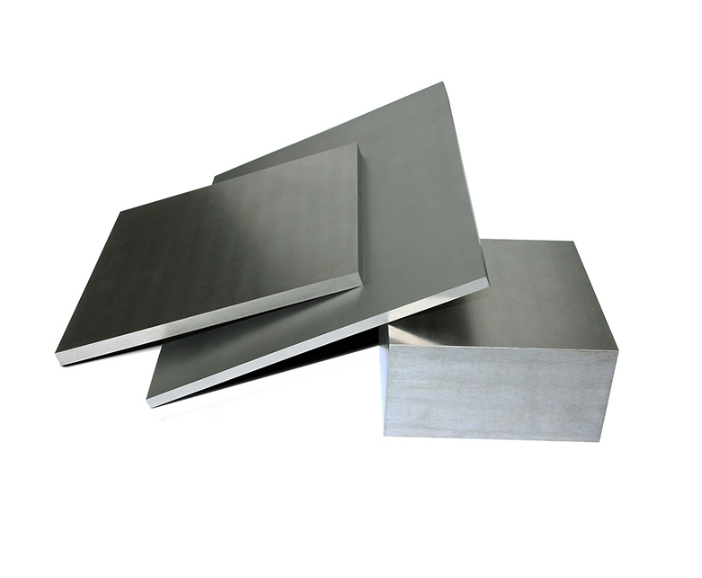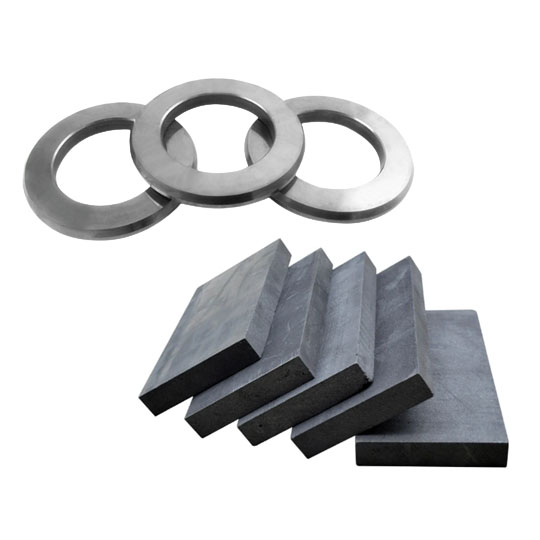Pourquoi la coupe de Tige en carbure Un défi ?
Couper des tiges de carbure, c'est un peu comme essayer de tailler un diamant avec un couteau à beurre - oui, c'est aussi dur que ça. Le carbure, en particulier le carbure de tungstène, est incroyablement dur et cassant. Il est conçu pour résister à une usure intense, ce qui en fait une star des applications industrielles.
Le principal problème est que le carbure ne fait pas bon ménage avec les outils de coupe traditionnels. Les outils standard s'usent souvent rapidement ou ne supportent pas la pression et la chaleur élevées générées pendant le processus de coupe. C'est pourquoi le choix de la bonne méthode et du bon équipement n'est pas une simple suggestion, c'est une nécessité.

Propriétés des Tiges en carbure
Avant d'aborder les techniques de tranchage, parlons chimie et physique. Les tiges de carbure sont généralement fabriquées à partir de carbure de tungstène (WC) mélangé à un liant tel que le cobalt (Co). Ce mélange leur confère une combinaison unique de dureté extrême, de point de fusion élevé et de résistance à l'abrasion et à la déformation.
Voici quelques biens qui se distinguent :
- Dureté: Environ 1600-2200 HV (dureté Vickers)
- Résistance à la compression: Jusqu'à 7000 MPa
- Conductivité thermique70-100 W/m-K
- Module d'élasticité: 530-700 GPa
- Résistance à la rupture: Relativement faible (4-15 MPa-m½), ce qui explique qu'ils se fissurent facilement.
Ces propriétés sont fantastiques pour les performances des outils, mais constituent un casse-tête pour l'usinage. La dureté peut tuer l'outillage, tandis que la fragilité exige un toucher léger et une précision au laser.
Méthodes de coupe courantes pour le fil de carbure
Parlons tactique. La coupe du carbure n'est pas une opération unique. Il existe de multiples façons de procéder, et chacune présente ses propres avantages et inconvénients en fonction de l'objectif à atteindre.
1. EDM (usinage par décharge électrique)
- Meilleur pour: Coupes complexes et tolérances serrées
- Pour: Pas de contrainte mécanique, excellente finition de la surface
- Cons: Processus lent, coût élevé
2. Meule diamantée
- Meilleur pour: Production en grande série
- Pour: Outillage de haute précision et durable
- Cons: Équipement coûteux, entretien important
3. Découpe au laser
- Meilleur pour: Géométries complexes et micro-découpage
- Pour: Sans contact, ultra-précis
- Cons: Risque de dommages thermiques, installation coûteuse
4. Découpe au jet d'eau
- Meilleur pour: Matériaux sensibles à la chaleur
- Pour: Pas d'effet thermique, respectueux de l'environnement
- Cons: Précision moindre, finition plus rugueuse
5. Sciage avec des lames diamantées
- Meilleur pour: Coupes droites dans les tiges courtes
- Pour: Rentable, facile à mettre en place
- Cons: Limité aux dessins moins complexes
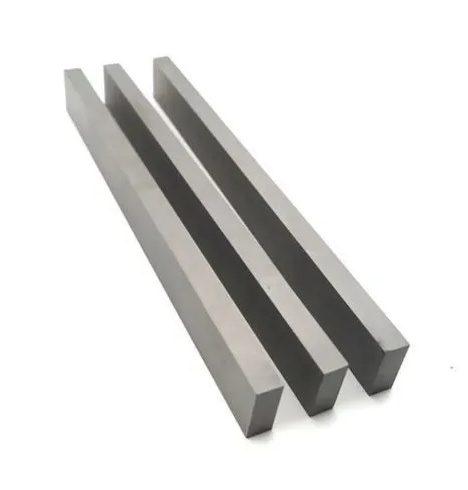
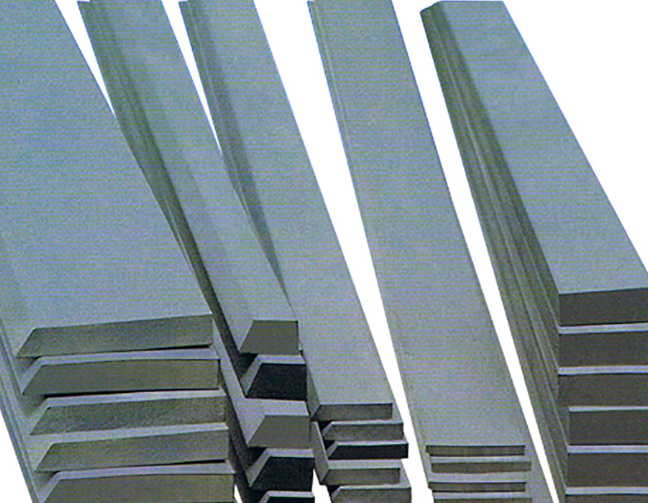


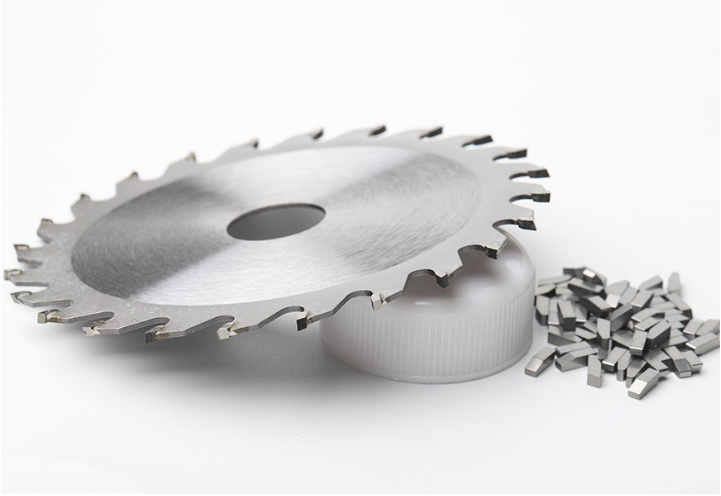
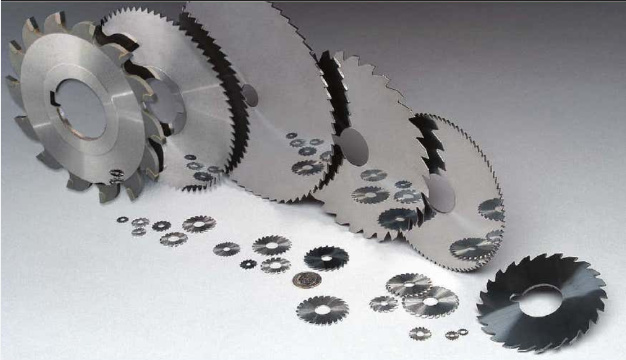
Meilleures pratiques pour la coupe Tiges en carbure
| Méthode de coupe | Meilleur cas d'utilisation | Niveau de précision | Durée de vie de l'outil | Vitesse | Finition de la surface |
|---|---|---|---|---|---|
| EDM | Formes complexes, tolérances serrées | Très élevé | Longue (en fonction de l'électrode) | Lenteur | Excellent |
| Meule diamantée | Production en grande quantité | Haut | Longues | Rapide | Excellent |
| Découpe au laser | Tiges fines, motifs complexes | Très élevé | Moyen | Moyen | Bon |
| Découpe au jet d'eau | Applications thermosensibles | Moyen | Longues | Moyen | Juste |
| Sciage avec lames diamantées | Coupes droites rapides, tiges courtes | Moyen | Moyen | Rapide | Bon |
Matériel et outils recommandés
Vous n'apporteriez pas une cuillère à un combat à l'épée, n'est-ce pas ? Il en va de même pour la coupe au carbure. Vous avez besoin de l'équipement adéquat :
- Tronçonneuses à diamant de précision - Permet des coupes de haute précision avec peu de vibrations.
- Machines d'électroérosion à fil - Parfait pour les travaux complexes et de haute tolérance.
- Découpeuses laser avec systèmes de refroidissement - Maintient la déformation thermique sous contrôle.
- Découpe au jet d'eau avec abrasifs - Idéal pour les tâches sensibles à la température.
- Lames diamantées de haute qualité - Essentiel pour la longévité et l'intégrité de la surface.
Des marques comme AccuteX, GF Machininget Sodick fabriquent des systèmes d'électroérosion de classe mondiale, tandis que TRUMPF et Amada dominent dans la technologie de la découpe au laser.
Comment éviter la rupture des arêtes lors de la coupe de tiges en carbure
Le carbure est comme le verre : il ne se plie pas, il se brise. Par conséquent, si vous précipitez le processus ou si vous appliquez une pression irrégulière, snapet vous perdez votre avantage sur les autres.
Pour que tout se passe bien :
- Utiliser des outils tranchants et diamantés pour réduire les vibrations.
- Fixer fermement la tige mais sans force excessive.
- Utiliser des liquides de refroidissement pour minimiser l'accumulation de chaleur.
- Couper de façon incrémentielle plutôt qu'en un seul passage agressif.
La patience est votre meilleure amie. C'est une question de finesse, pas de force brute.
Comment couper des tiges minces sans déformation lors de la coupe de tiges de carbure
Couper de fines tiges de carbure, c'est comme essayer de fendre un cure-dent avec une épée de samouraï - c'est... super Il est facile de faire des erreurs.
Voici comment rester dans le coup :
- Soutenir complètement la tige sur toute sa longueur afin d'éviter toute flexion.
- Utiliser des meules diamantées à grain fin pour des coupes douces et précises.
- Aller lentement et régulièrement avec les vitesses d'alimentation et éviter la pression latérale.
- Envisager le laser ou l'électroérosion si vous avez besoin d'une précision ultra-fine.
Modèles de poudres métalliques spécifiques pour Tiges en carbure (avec description)
| Modèle à poudre | Composition | Taille des grains | Applications | Points forts |
|---|---|---|---|---|
| WC-Co APT 88/12 | 88% WC, 12% Co | 0,8 µm | Forets, alésoirs | Haute résistance à l'usure |
| WC-Co H10F | 90% WC, 10% Co | 0,6 µm | Outils de coupe | Dureté élevée |
| WC-Co K20 | 93% WC, 7% Co | 1,0 µm | Outils d'exploitation minière | Ténacité + résistance à l'usure |
| WC-Co K30 | 94% WC, 6% Co | 1,2 µm | Fraises en bout | Rétention supérieure des arêtes |
| WC-Co H13A | 87% WC, 13% Co | 1,6 µm | Outils robustes | Résistance aux chocs |
| WC-Ni | 85% WC, 15% Ni | 1,0 µm | Environnements corrosifs | Résistance à la corrosion |
| WC-Co Ultra Fine | 92% WC, 8% Co | 0,4 µm | Pièces de précision | Dureté la plus élevée |
| WC-TiC-Co | WC + TiC + Co | 1,2 µm | Pièces pour l'aérospatiale | Stabilité thermique |
| WC-Co C2 | 94% WC, 6% Co | 1,1 µm | Outils de découpe | Qualité de la finition de la surface |
| WC-Co C10 | 90% WC, 10% Co | 0,7 µm | Micro-outils | Netteté des micro-bords |
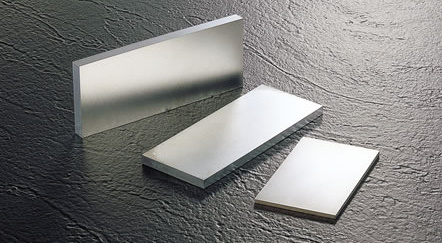
FAQ
| Question | Réponse |
|---|---|
| Quelle est la meilleure façon de couper des tiges de carbure à la maison ? | Utilisez une lame de scie diamantée et allez lentement. Évitez l'accumulation de chaleur et portez toujours une protection. |
| Les barres de carbure peuvent-elles être découpées au laser sans se fissurer ? | Oui, mais seulement avec des systèmes haut de gamme qui contrôlent bien la chaleur. Sinon, il y a un risque de fissuration. |
| Pourquoi les tiges en carbure s'écaillent-elles sur les bords ? | Il s'agit généralement d'un mauvais serrage, d'une pression inégale ou d'outils émoussés. |
| Le découpage au jet d'eau est-il efficace pour les tiges de carbure ? | Cela fonctionne, surtout lorsque l'on veut éviter la chaleur. Mais ne vous attendez pas à des finitions super lisses. |
| Quelle est la meilleure poudre métallique pour les outils de précision en carbure ? | WC-Co Ultra Fine pour sa dureté supérieure et son grain fin. |
| Quel équipement de sécurité est indispensable pour couper du carbure ? | Protection des yeux, gants et systèmes de dépoussiérage pour éviter d'inhaler les particules fines. |
| L'électroérosion peut-elle être utilisée sur toutes les tiges en carbure ? | En général, oui. Il faut simplement s'assurer que la tige n'est pas trop conductrice si l'on utilise certains liants. |
| Ai-je besoin d'un liquide de refroidissement pour couper du carbure ? | Oui ! Le liquide de refroidissement réduit la chaleur et prolonge considérablement la durée de vie de l'outil. |
| Quelle est la durée de vie des lames diamantées lorsqu'elles coupent du carbure ? | Cela dépend de la qualité et de l'utilisation, mais la durée de vie est généralement 10 à 20 fois supérieure à celle des lames standard. |
| Existe-t-il des outils portables pour le découpage du carbure ? | Des scies diamantées compactes et des unités d'électroérosion miniatures sont disponibles pour un usage spécialisé. |

